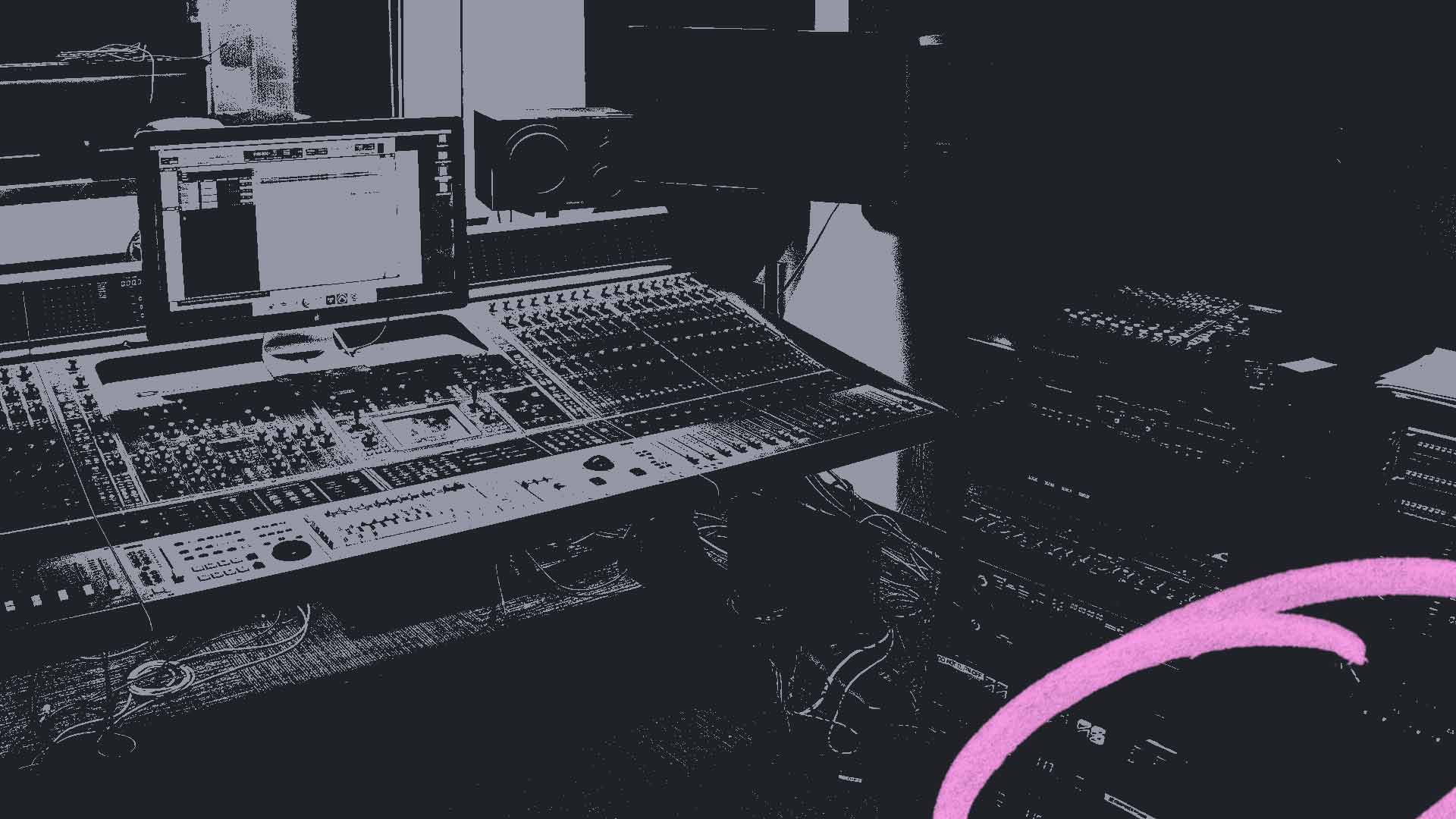Mixing and mastering are the final stages of music production — and often the difference between a rough demo and a professional-sounding track. Whether you’re producing your first tune or refining your DJ edits, learning these two stages will help your music sound polished, balanced and ready for release. Scroll down for a run through a very important part of music making.
What’s the difference between mixing and mastering?
Before you dive in, it’s important to know what each process does:
- Mixing: balancing and processing the individual elements of your track — vocals, drums, bass, synths — so they sit well together.
- Mastering: applying the final touches to the mixed track so it sounds consistent and clear across all playback systems, from club speakers to phone headphones.
Think of mixing as building the song and mastering as framing it for the world to see.
Preparing your mix
Before you start adjusting levels or adding effects, get your session organized.
- Label your tracks clearly (kick, snare, bass, vocal, etc.).
- Group similar instruments into buses (e.g. drums or synths).
- Remove unwanted noise or silence.
Then start balancing your levels — this is the heart of the mix. Aim for clarity and cohesion rather than loudness.
How to mix your music
So, you’ve finished your production and recorded your vocals (if you need them) and they sound great individually. But now, you should put each section in the correct place. This involves layering each individual element into a multitrack where each element flows into the next.
For example, if you’re a musician who has sung and recorded instruments in a studio or on a DAW (Ableton, Logic etc.), both count as individual tracks. The next step will be making them sound great together.
Use your DAW to organize your tracks into individual channels and in the way they should be for the overall mix or multitrack. In order to pitch each section perfectly so that they’re all at the same volume, use a plugin to adjust. You can then use many tools to make sure the track sounds right, including compression, EQ, reverb or filters to get the sound you want and balance out the vocals and music. Each have different functions:
- Compression keeps the levels of each individual track at whatever dynamic range you choose.
- EQ manipulates the frequency of the overall mixed track.
- Reverb is an additional function that can add extra impact to sections of a song.
Other filters such as delay, saturation and modulation can also help to fully form the sonic range of your track, and you can use each filter at your discretion.
For more inspiration, you can study any tracks that inspired yours in the first place. These are called reference tracks and they influence the sound you want for your own music.

How to master your music
Now that your track is mixed to your liking, mastering is the final part of the process. It usually isn’t as detailed as mixing and more about applying light touches to the final product. So, you can use extra EQ, compression, limiting and enhancement to make your music sound professional and ready for consumption on TV, radio and streaming services. This can be done on a DAW if you work from one or in a studio with an engineer.
Mastering an album involves making sure each individual song is polished and flows into the next, adding fade-ins and fade-outs where necessary. This is called sequencing.
For extra perspective, it might be best to leave your music alone for a while after the mixing process. Return to it with fresh thoughts of how the final cut should sound.
As with mixing, listening to reference tracks will remind you of your original intention for the song and guide mastering. Overall, you want the final track to be as true to your initial idea as possible and with a few adjustments, mastering will do just that.

Testing and exporting
Before releasing your music, listen on as many systems as possible — headphones, car speakers, phone, studio monitors. Adjust if needed, then export in high-quality WAV (24-bit) format.
When uploading to streaming platforms, aim for around –14 LUFS to match industry loudness standards and avoid distortion or down-compression.
If you need a bit of extra help
If you’re not ready to master your own music, online services can help. Tools like LANDR, eMastered or CloudBounce use AI-powered processing to create balanced, ready-to-release masters at an affordable cost. Alternatively, you can send your track to a professional mastering engineer for a personalized touch.
Trust the process
Mixing and mastering are both creative and technical. But with patience, reference listening and consistency, you can bring your music up to a professional standard. Once you’re happy with your final master, upload it to Mixcloud Tracks and start sharing your sound with the world.
Check out this list of cheap music production tools to help you out.

